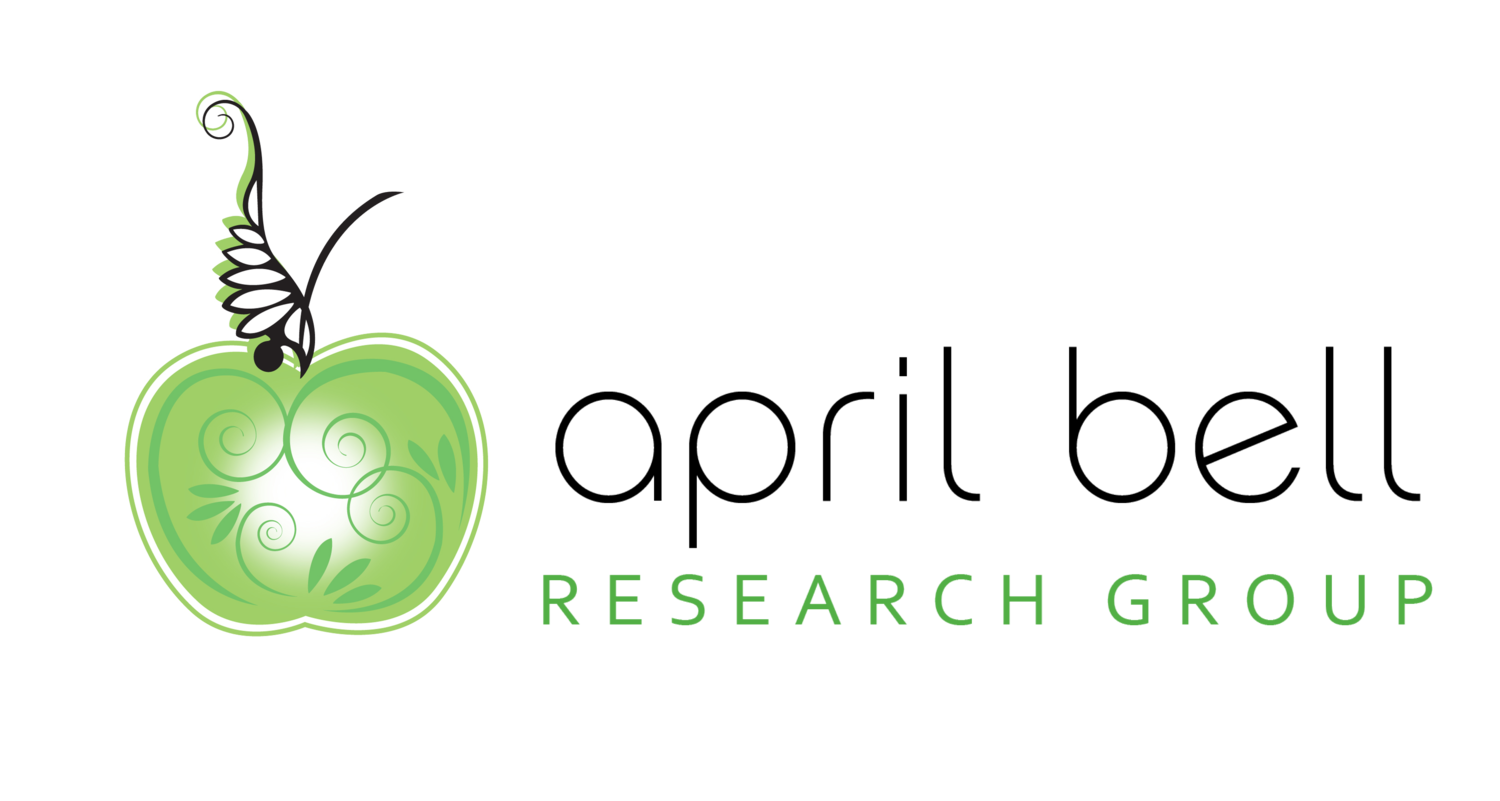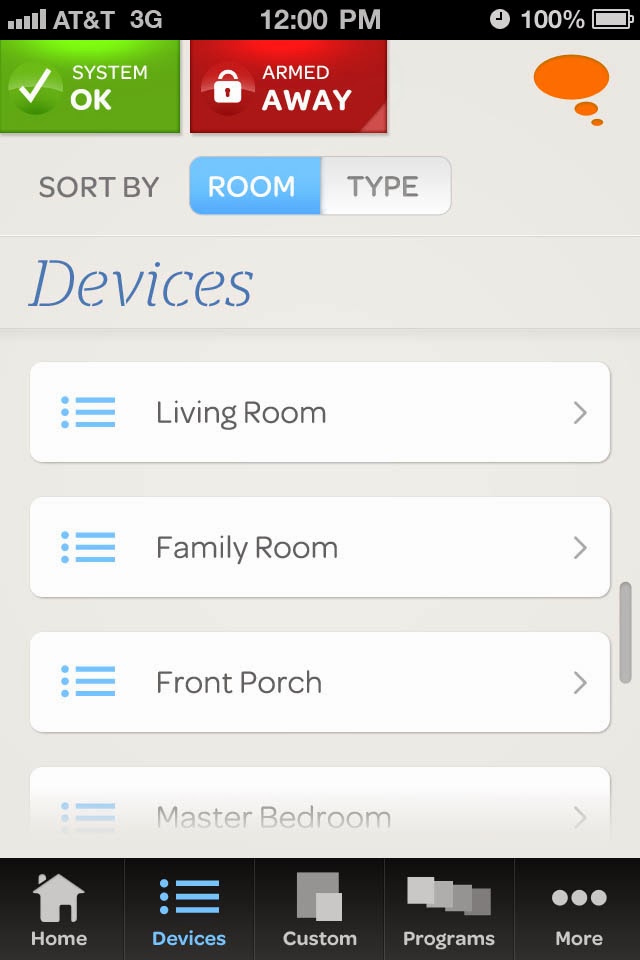“How can we make our marketing research projects even better?” is a question we often ask ourselves here at April Bell Research Group. So, it’s awesome when you find a framework to do just that! I first learned about Design Thinking from Lisa Helminiak, founder of a human-centered design firm, Azul 7. We met at a women-owned business training event, where she turned me on to some great resources from Stanford’s Institute of Design: d.school.
Since then, we have used this thinking in many of our research projects. When I heard about Azul 7’s Design Thinking Workshop/Bootcamp, I decided to trek up to Minneapolis to attend. I wanted to deepen my understanding and find new ways to implement it into our research practice. What I discovered is that Design-Thinking is more than a “process”, it’s a way of life.
This mindset includes:
Focusing on what others need
Feeling free to experiment while working through a process
Getting really clear about what you’re trying to solve.
Having a “bias toward action”
Radial collaboration
It’s a simple process to reshape thinking. You state the challenge, and then follow 5 steps – Empathize, Define, Ideate, Prototype and Test – to elevate creative thinking.
“Creativity is an essential skill for leaders trying to make a difference. Yet developing the ability to think and act creatively remains a thorny challenge. While there's a hunger for skill development, elevating creative confidence doesn't happen via traditional modes of executive education.” Tim Brown, IDEO’s President and CEO
Here’s how I incorporated Design Thinking as I planned my trip to the Boot Camp!
State the Challenge: How can I take 3+ days away for training when I have so many obligations with work and family?
The Steps:
1. Empathize – immerse yourself, observe what people are doing, how they’re doing it and why. Discover other’s views. Sidenote: this is MUCH easier to do professionally as a moderator than it is with your immediate family!!! But here’s what I got from the “empathy gathering” stage:
My husband and daughter didn’t want me to drag them along on a trip where I was unavailable for most of the day.
They also didn’t want me to go on a trip unless it was a “real vacation.”
They wanted to go “camping” – I did not.
I didn’t want to feel guilty about going.
I wanted to create a great experience for everyone.
2. Define – this is tricky because you’re still not solving – you’re just unpacking what you learned, and getting clarity on WHAT needs to be solved. “Unpack” all of your learnings, then translate these into a Point of View statement – (User) “needs” (Need) “because” (Insight)
My definition:
The Family (User) needs…
…to find individual activities while vacationing together (Need) because…
…we want to be together yet have our own idea of what “fun” looks like! (Insight)
3. Ideate – our “family” brainstorm looked a little different than the typical innovation ideation sessions we facilitate with our clients but let’s just say our little familia “tried” to build on each other’s ideas. And we “tried” not to judge each other’s opinions (some of us were better than others but I'm not pointing any fingers!) And, my 5 year old is DEFINITELY the most creative and best “ideator” of the family!
4. Prototype – You stop talking (and thinking) in this step - and start building. It’s a challenge because our nature – at least mine – is to get it right, get it perfect before showing others. This step forces the reverse thinking. To get better, you must build/create something to test SO THAT IT CAN get better for the user!
5. Test – Then, we tested our first ever 10-day Family Glamping + Training trip! Our user testing was “doing it.” Would we do it differently next time? Yes, we would tweak a few things like making sure our A/C in the camper was working properly before departing. And allowing 2 weeks for the trip, not 10 days…but we learned a lot. This was our “prototype”:
Pull camper from Dallas to Oklahoma, spent our first night in Sequoyah State Park in Hulbert, OK
Migrated to Des Moines, IA where we played with our friends, then left our daughter + camper to play longer.
Husband and I drove on to Minneapolis where I attended Azul’s Design-Thinking Boot Camp and hubby happily biked in a city with some of the best biking trails in the US.
Then, we made our way back home, picking up our daughter and camper in Iowa
Spent 2 more nights in Kansas before heading back to Dallas.
Here’s a visual map we made with Fotor, another fun tool we’ve added to our tool kit. That and PicMonkey are both greatat quickly helping you bring ideas to life visually for “quick DIY design needs.”
Loved the Boot Camp. And Design Thinking has not only enhanced our innovation projects but also helped us create a mindset for innovation in our boutique business and even personally!

























